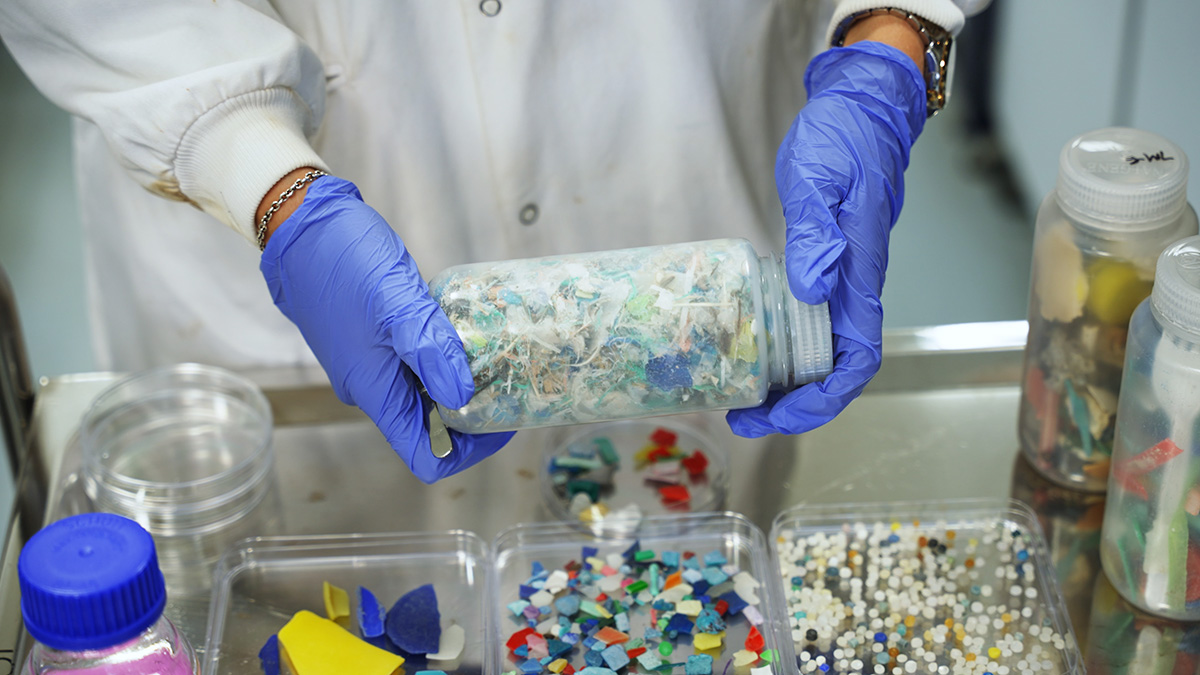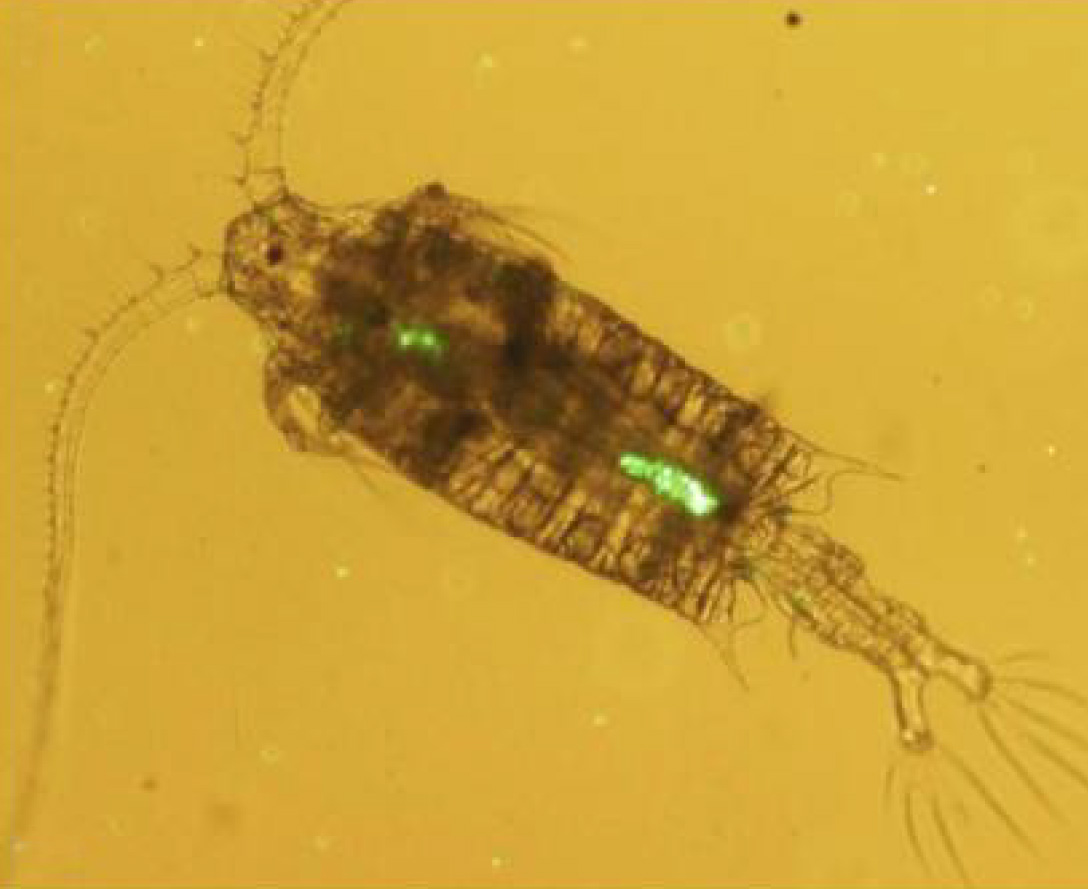Plastic waste
Ever wondered how are microparticles, smaller than grains of sand, come into existence? To understand this, let’s imagine the fate of a discarded plastic bag. Unfortunately, as we all know, plastic bags often end up littering our riversides and other natural landscapes. If such a bag remains uncollected and enters a river, it will embark on a journey downstream. At the end of the river lies the vast expanse of the ocean. There, it joins the enormous amount of other plastic waste, from discarded fishing ropes to fragments of plastic packaging, that have made their way to the marine environment. Some of this plastic waste is mistaken for food by seabirds, turtles, and other marine animals, causing them to ingest or become entangled in the debris, which can lead to their death. Plastic waste floating in the ocean is subjected to the forces of large waves and strong sunlight. Being exposed to waves and sunlight over time, the plastic debris breaks down into smaller pieces. This is how microplastics are generated in the marine environment.
In addition, small plastic particles can flow into the ocean directly. Plastic fibers shed from synthetic clothing during washing are largely removed in wastewater treatment plants. However, a portion of these fibers still end up in rivers and oceans.













